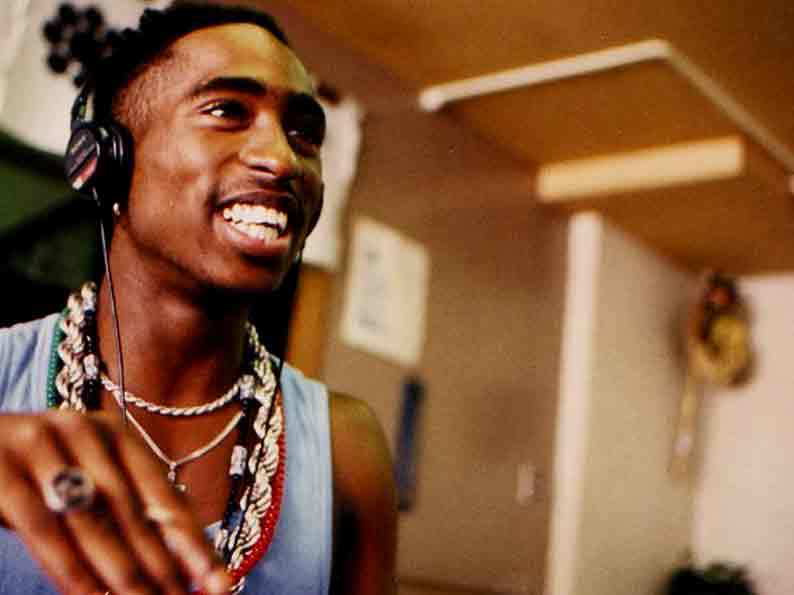Streamlining the massive video archive behind Nat Geo’s “The 90s: The Last Great Decade”
By Michael Darer, Signiant Intern Extraordinaire
Since I was born in 1992, I doubt I actually count as a member of Generation X (or, as the internet has begun to put it more casually,“90’s kids”), but there’s still a certain part of me that feels very connected to that last decade before the millennium. Whether I’m browsing online lists of the defining films or reminiscing about the few toys that I was actually old enough to appreciate, I can easily get swept up in the nostalgia. So I was fascinated by the prospect of National Geographic’s “The 90s: The Last Great Decade?” a three-part, six-hour documentary that aired in early July.
The program — which covers everything from Operation Desert Storm to the impact of The Blair Witch Project — isn’t so much about proving the superiority of one decade as it is about helping viewers remember the quirks and energies of those ten years. It’s more time capsule than historical document, but the verve and affection it brings along with its remembrance is undeniably infectious. Maybe that’s because it’s hard for Rob Lowe—the documentary’s narrator—to really ever sound all that ominous, or simply because the program’s creators know how to balance the serious with light-weight in an especially fulfilling way. Either way — whether it’s examining the national attitude towards Bill Clinton’s possible impeachment, the still-unsolved murder of Tupac Shakur, or how Friends captured the spirit of Rudy Giuliani’s new New York City — National Geographic makes the view from behind rose-tinted glasses both scenic and smart.
“The 90s: The Last Great Decade?” (which is a sort-of sequel to a National Geographic program from 2013: “The 80s: The Decade that Made Us”) was crafted by Nutopia, a production company based in the UK and USA and founded by Jane Root, the former president of the US branch of the Discovery channel. Nutopia—which also worked on “The 80s…”—specializes in factually based programs for a variety of television networks. With “The 90s…”, they were faced with the prospect of condensing an entire decade—and over 30,000 archival clips—into a succinct and memorable document that could be enjoyed by both those who lived the events on display, and others who have only heard about them through pop culture and the recollection of family and colleagues. Suffice to say, this is a particularly daunting task. In addition to organizing and filming interviews with roughly 20 cultural and political figures, Nutopia had to craft title graphics, wade through hours of footage, and make sure that all of the pieces came together to create engaging and coherent television.
Certainly, Nutopia had a general idea of their aim when they started on the program. According to Jane Root, in an interview with the television news site Realscreen, explained that the company was especially interested in examining the decade through the “prism of both pop culture and tech.” Even with this level of vision, though, actually compiling and organizing their materials was quite a task. Think about the most difficult paper you had to write in school—the deadlines, the volume of sources, the struggle to make sure everything fit just right. Now multiply that by ten. In order to ensure that everything went smoothly, Nutopia enlisted the aid of ENVY Post: a UK-based post-production studio and one of our favorite clients. ENVY is an avid user of Signiant’s large file sharing hybrid SaaS solution, Media Shuttle.
In a recent webinar case study coproduced by ENVY and Signiant, ENVY’s Head of Operations Jai Cave spoke briefly about the work that went into the making of “The 90s…” (the webinar, titled “Shorten Post-Production Workflows by Taking Advantage of the Cloud,” is available on Signiant’s website). According to Cave, one of the largest challenges of the project involved moving the immense amounts of footage around so that editing, splicing, and organization could be done properly. In a project that required smooth transitions between a number of equally important segments, the necessity of efficiently transferring and holding onto all of the available footage was absolutely essential. Of the original mass of clips that Nutopia had to choose from, about 10,000 low resolution and 1,000-2,000 high-resolution clips were ultimately sent over to ENVY. With the aid of Signiant Media Shuttle, the production house was able to receive all of the footage quickly, thus ensuring a stable timeframe in which to sort through it and make the proper editing decisions necessary to turn “The 90s…” into the powerful and fun piece of memorabilia it was when it aired. Who said it was unproductive to live in the past?
Photo credit: Always on Shuffle



